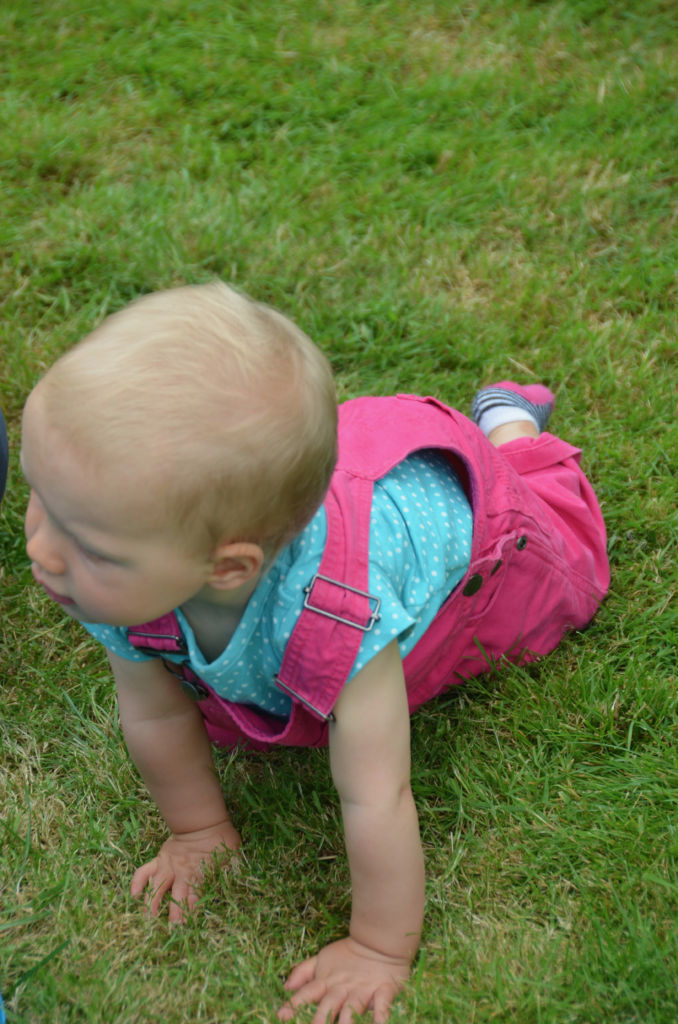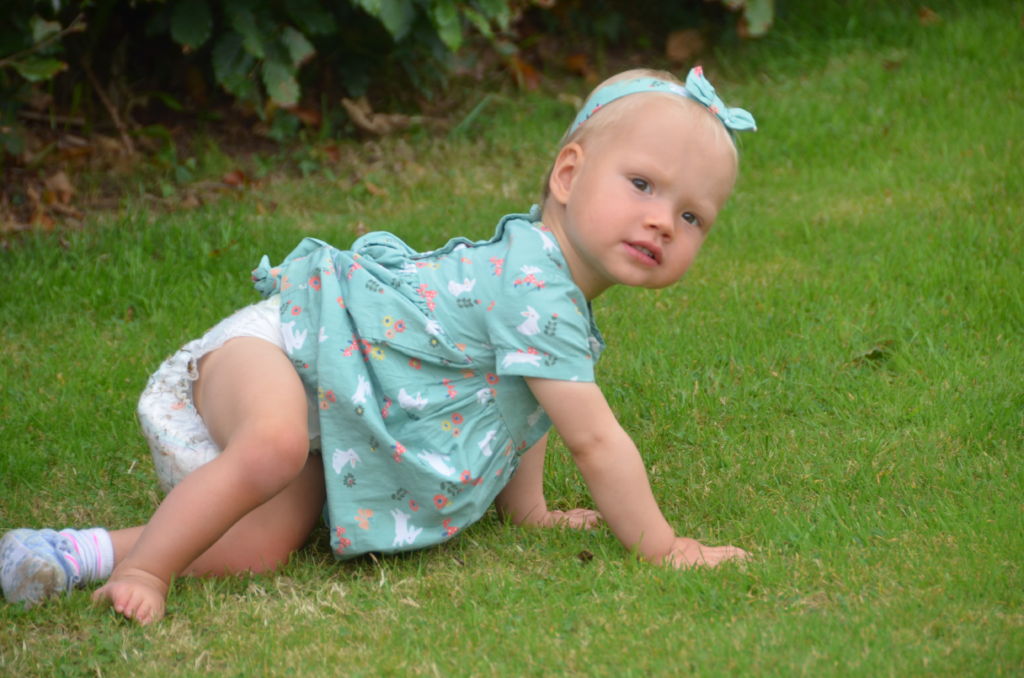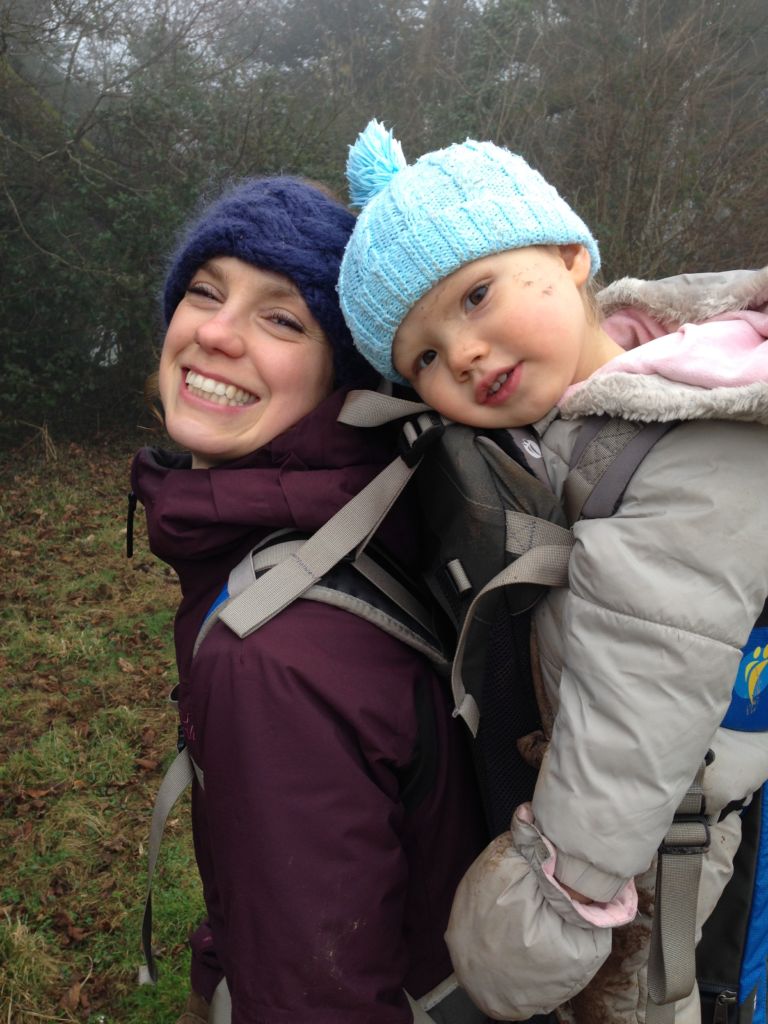It can be very challenging/frustrating when you just want to get something done so you give your bundle of joy to someone else for two minutes and they howl. Yet, as soon as you take them back in your arms they stop. Why can’t they just be happy with someone else for a minute? You’re right there but that’s not good enough.
It can feel tiresome as a nursery teacher when you’ve spent so long trying to distract and calm with games, toys, change of face, all singing, all dancing but to no avail. Then, mum returns, and after the initial cry of “why did you leave me mum” the little one stops crying as if by magic. Why is that?
Separation anxiety is perfectly natural and perfectly healthy (to a certain extent). The first major spell usually kicks in when the baby starts to learn to crawl. Physician, Margaret Mahler refers to this stage of development as the Rapprochement phase. As the baby starts to explore by themselves they need to constantly check where mum is. Leaving mum is very much their choice and on their terms. Not only are they starting to explore for themselves they are starting to get an understanding of themselves as a separate being from their mother. They are developing an awareness of another which means they are also becoming more aware of their individuality. In growing into awareness of another they are also becoming aware of a significant other which is why a stranger (even if not strictly a stranger) is not so recognisable and therefore, in the child’s mind, not so safe.

Exploring 
Checking where mum is
“As the toddler’s awareness of separateness grows…he seems to have an increased need, a wish for mother to share with him in every one of his new skills and experiences, as well as a great need for the object’s (mother’s) love.” (Mahler, p.77)
It is on these observations that psychologist, John Bowlby, developed the foundations of the attachment theory. Check out the strange situation. A securely attached child will become distressed when their significant adult leaves the room and no amount of consolation from a stranger (mums friend) will do. Mum returns and the baby settles. This shows that the mother is attuned to the baby’s needs and has consistently met the baby’s needs. When this is not the case, the reaction of the baby towards the stranger is quite different.
If the baby’s needs are rarely met the baby learns that crying gets it nowhere and so it’s best off self-soothing. Therefore, when mum leaves the room, the baby barely notices let alone becomes distressed. The stranger also remains unnoticed.
When baby has received sporadic attention they try to cling on to whatever attention they can. Mum leaves the room and the baby shows distress. The stranger tries to interact with the baby and the baby accepts. This may be the only attention it gets so it’s better than nothing.
So, the long and short of it…it’s a phase. Your little one will soon learn you will return if your care is good enough and consistent. Be reassured that when only mum will do its healthy development and worth pushing through. A similar process will happen at various other points as the child develops but the theory is the same. Reassure them of your return and their safety in the meantime. Let’s face it (unless there are significant reasons to affect the child’s anxiety levels) it generally means you’re right on point and building a secure and healthy attachment.

Mahler, M. (1975) The Psychological Birth of the Human Infant. Hutchinson and Co (Publishers) Ltd., Great Britain


4 thoughts on “Only Mummy”
I find this interesting being the only primary carer to my son x
Obviously, it’s not s one hat fits all, but an interesting concept nonetheless.
I remember I actually used to like the fact that my kiddo sometimes only wanted me! Those days are long gone now, he prefers dad these days, lol.
Yes! There can be something quite endearing about it can’t there!
Comments are closed.